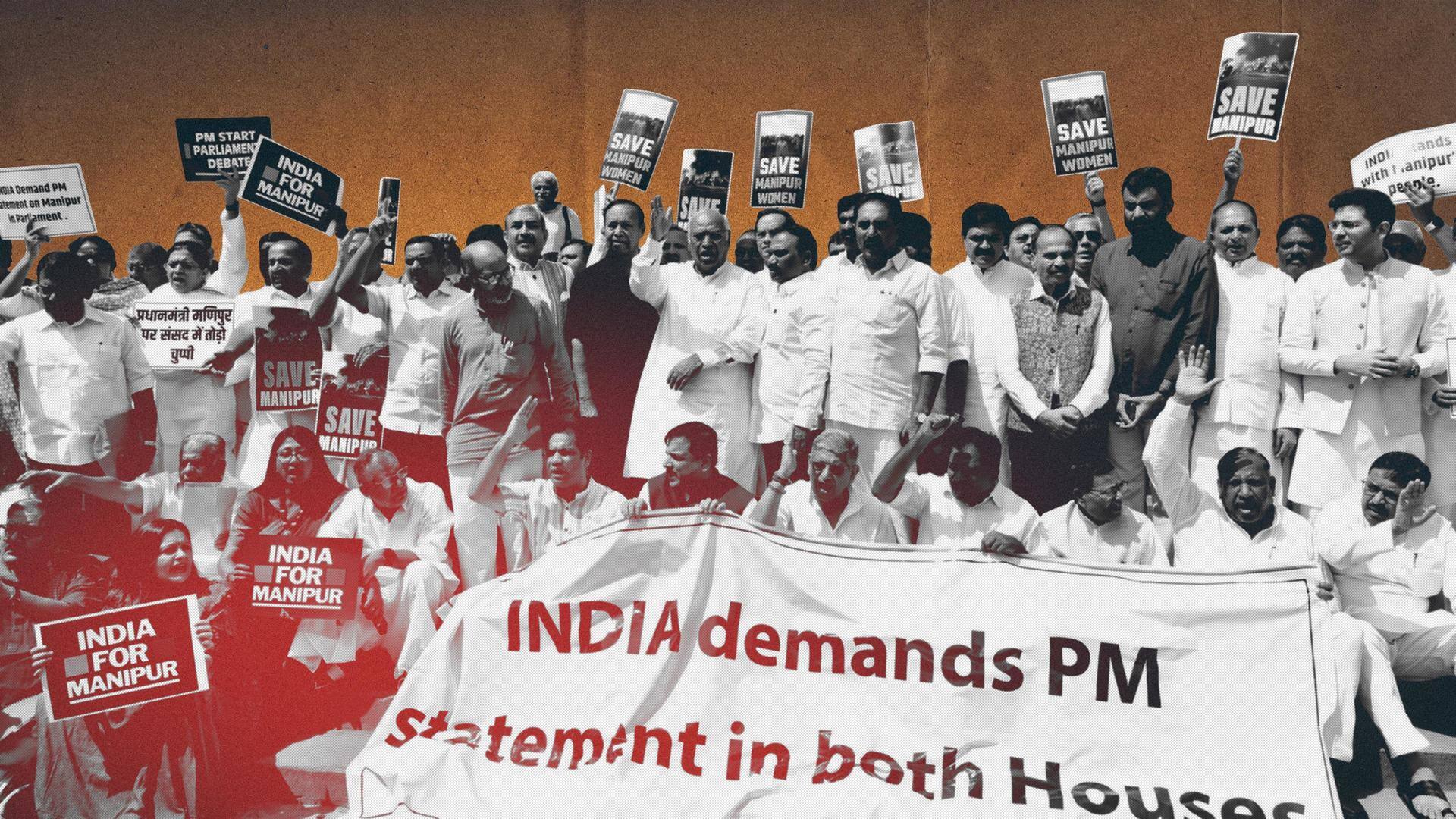
Here's everything you need to know about no-confidence motion
What's the story
Lok Sabha Speaker Om Birla on Wednesday accepted a no-confidence motion against the government moved by opposition leaders. Birla said he will speak to leaders of all parties and announce a date for discussing the motion. The opposition bloc hopes the motion will force Prime Minister Narendra Modi to appear in Parliament and make a statement on the situation in strife-torn Manipur.
What
What is a no-confidence motion?
India is a parliamentary democracy where a party or an alliance of parties requires the support or confidence of the majority of the Lower House to be in power. Article 75(3) of the Constitution states that the Council of Ministers is collectively accountable to the Lok Sabha. A motion or vote of no-confidence is a mechanism to check this collective responsibility.
How
What is the process of a no-confidence motion?
Any Lok Sabha member can move a no-confidence motion at any time after garnering the support of at least 50 members. The Speaker then decides a date for discussion. MPs supporting the no-confidence motion highlight the government's faults, while the Treasury Benches respond to the issues raised. Finally, a vote follows and if the government fails to prove a majority, it has to quit.
Why
Historically used to force discussion on any issue
The no-confidence motion has historically been an instrument to force discussion on a topic. At present, the National Democratic Alliance (NDA) government is not threatened by the motion as it enjoys the support of 331 members. The majority mark in the 543-seat Lok Sabha is 272. The opposition bloc has 144 MPs, while some "neutral" parties have 70 MPs combined.
When
27 no-confidence motions moved since Independence
The Lok Sabha has witnessed 27 no-confidence motions since Independence. The first was moved in 1963 by Congress leader Acharya Kripalani against then-PM Jawaharlal Nehru after India lost to China in the 1962 war. However, Nehru survived the vote. Indira Gandhi faced 15 no-confidence motions and survived each one. Former West Bengal chief minister Jyotirmoy Basu moved four no-confidence motions.
Who
Who else has faced no-confidence motion
Narasimha Rao faced three no-confidence motions and Morarji Desai two, while Nehru, Rajiv Gandhi, Atal Bihari Vajpayee, and Modi faced one each. Only two no-confidence motions have carried so far—in 1979, when the Morarji Desai-led government failed to prove its majority, and in 1999, when the All India Anna Dravida Munnetra Kazhagam pulled out of the coalition, resulting in the Vajpayee-led government losing power.
Information
Opposition moved no-confidence motions against NDA government in 2003, 2018
In 2003, Congress leader Sonia Gandhi unsuccessfully moved a no-confidence motion against the Vajpayee government. N Chandrababu Naidu's Telugu Desam Party (TDP) moved a no-confidence motion against Modi in 2018, which was supported by 126 members while 325 members rejected it.
Lok Sabha
No-confidence motion can be moved only in Lok Sabha
A no-confidence motion can only be moved in the Lok Sabha and not the Rajya Sabha, since the latter's members aren't directly elected by the people, unlike the former. An electoral college constituted by the elected members of a state assembly elects members of the Rajya Sabha. Each state has representation in the Rajya Sabha proportional to its population.